Salmon
Learn The Best Way To Wrap a Plug
By: Mike Bogue
There are two ways many of us fish for salmon in rivers: we run plugs and fish roe. I run bait, but I’m a big plug fisherman. I wish I knew for sure why salmon hit plugs, but I think a plug is something shiny in their face that irritates them and smells like something they’ve been eating their whole life in the ocean. I prefer to use plugs because the salmon bite them hard and it’s easier for clients to tell that we are getting a bite.
I’ve been wrapping for 27 years as a full time guide. Not everyone wraps plugs, but most guides and successful anglers do. We wrap plugs so they smell like something these salmon have been eating in the ocean. Personally, I wrap plugs with sardine fillets, but over the years I’ve also wrapped them with mackerel and anchovies. People have tried wrapping them with all kinds of baits. I know guys have wrapped them with shrimp and roe, too, but sardine seems to work the best for me.
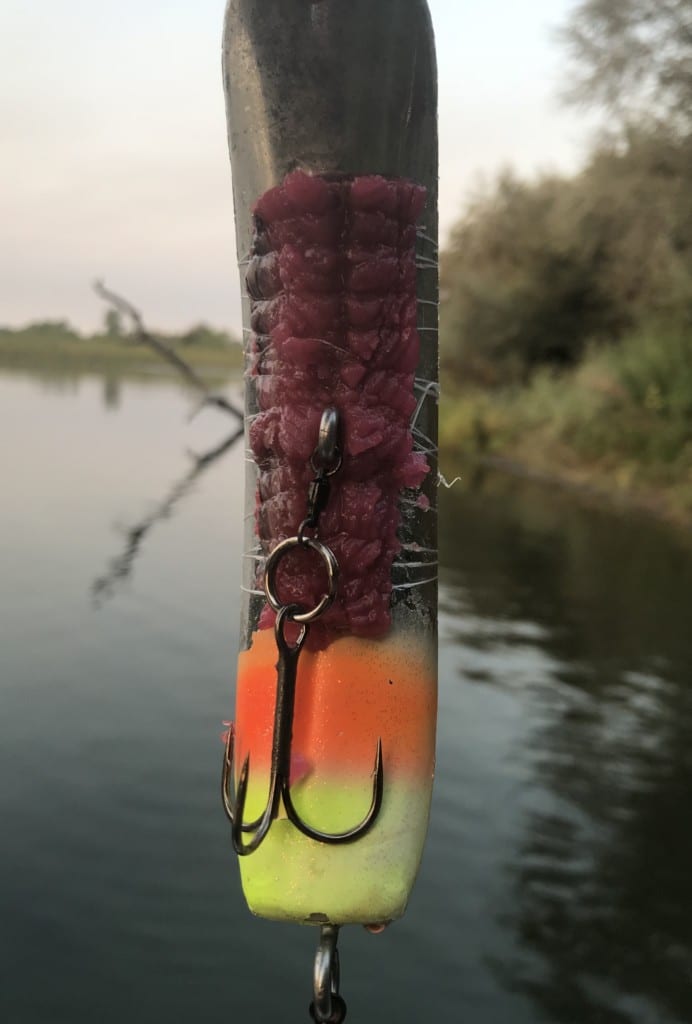
The biggest trick of the trade when wrapping a plug is to keep the lure balanced and to make sure whatever you wrap on the plug doesn’t move. You do not want the fillet to move on your lure because then it changes the balance and the lure won’t swim properly. For decades I (and most anglers) have used Atlas Mikes Miracle Thread to ensure the sardine stays on the lure properly.

The Perfect Wrapped Plug
Step1: Fillet Bait
To start the process it’s important to fillet the sardine. We get one fillet from each side unless it’s a particularly large sardine. In that case you can get two baits from each side. Meanwhile, those large baits have been tougher to find these days.

Over decades of practice I’ve learned what size to cut the fillets. Trial and errors works best when choosing a size, but as a general rule I want a fillet to cover roughly half the belly of the lure. Every lure runs differently, though. This is why experimentation is key. You can drop the lure in the water to see it’s running smooth.

Step 2: Use Right Away or Brine ‘em
I fillet sardines the day before I’m going to fish and use many of the fillets right away. Instead of throwing the leftovers away I submerge them in Natural Fire Brine to preserve the baits and make them more durable. This keeps me from having to buy fresh bait all the time and cuts down on waste. I let them sit in the brine overnight.
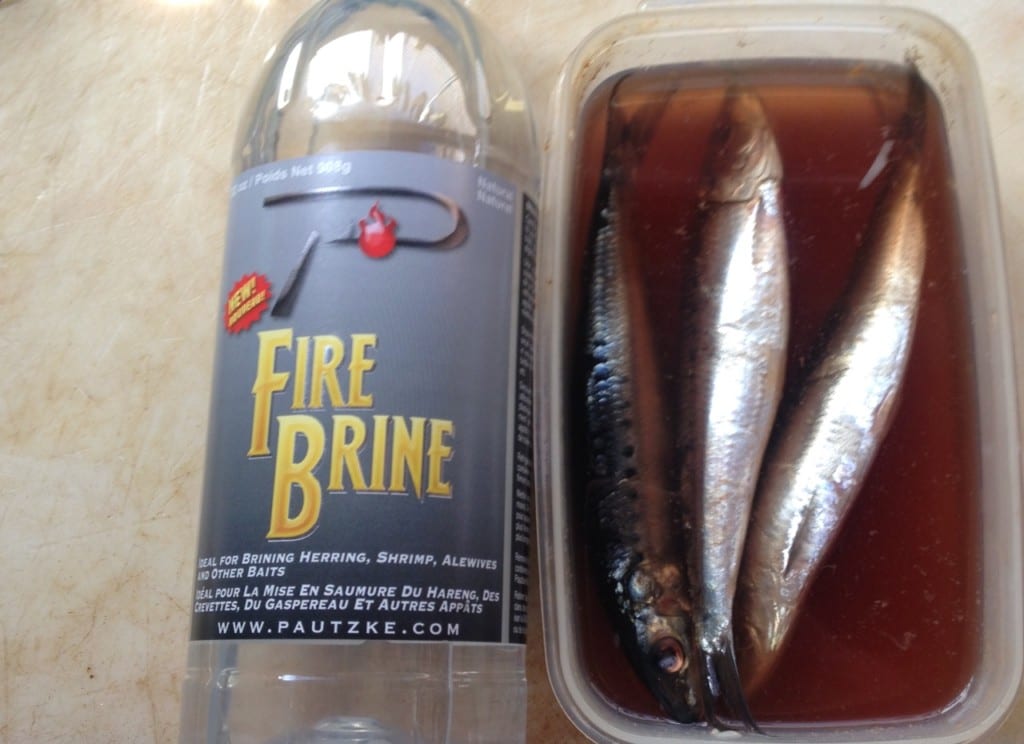
Step 3: Add Fillet to Lure
At this point (as seen in the photo below) I’ll cut the sardine fillet so it fits on the belly of the lure. It’s important the cut the fillet so it slides over the belly hook on the lure.
Start 4: Miracle Time
Using Atlas Miracle Thread I’ll start at the tail end of the hook and wrap my way toward the bill. I use a lot of wraps on each sardine filet because it keeps the sardine in place. I also believe it forces some more of the scent out of the fillets. I finish with a couple half hitches on the end of the wrap and then break it off. This ensures that the wrap doesn’t come off and the thread doesn’t come loose even in fast current.
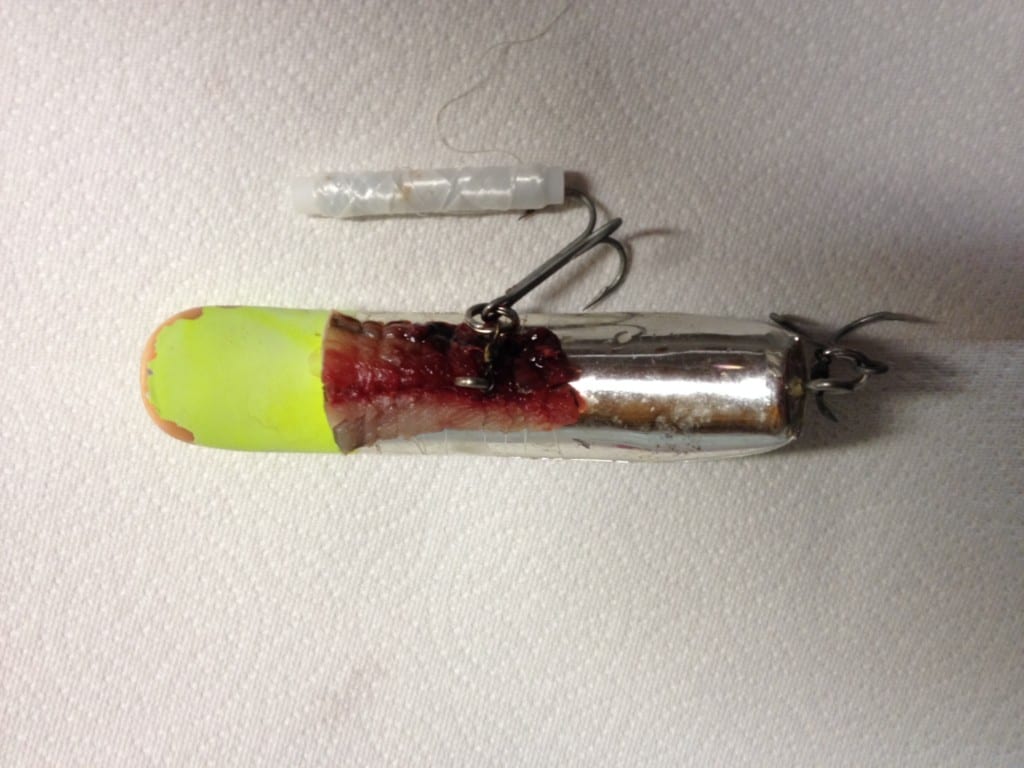
Switching Out Fillets
I usually fish a plug for a half hour with no scent to start. If it doesn’t get bit I’ll add scent to it.
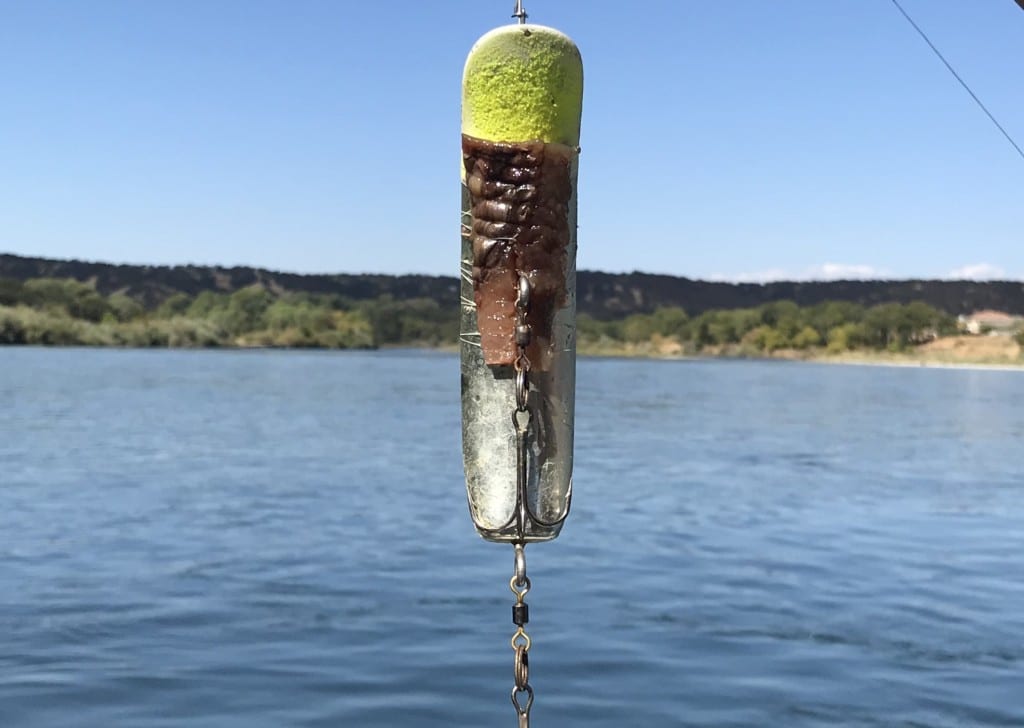
Lately I’ve been adding Sardine Lunker Lotion and Mike’s Sardine Super Scent because these scents emulate the natural scent of the bait. I’ll add more scent every pass and the change bait after an hour. Adding a squirt of scent allows me to do two things: it prolongs the life of the bait and keeps our bait in the water rather than me having to spend time rewrapping baits on the bank.
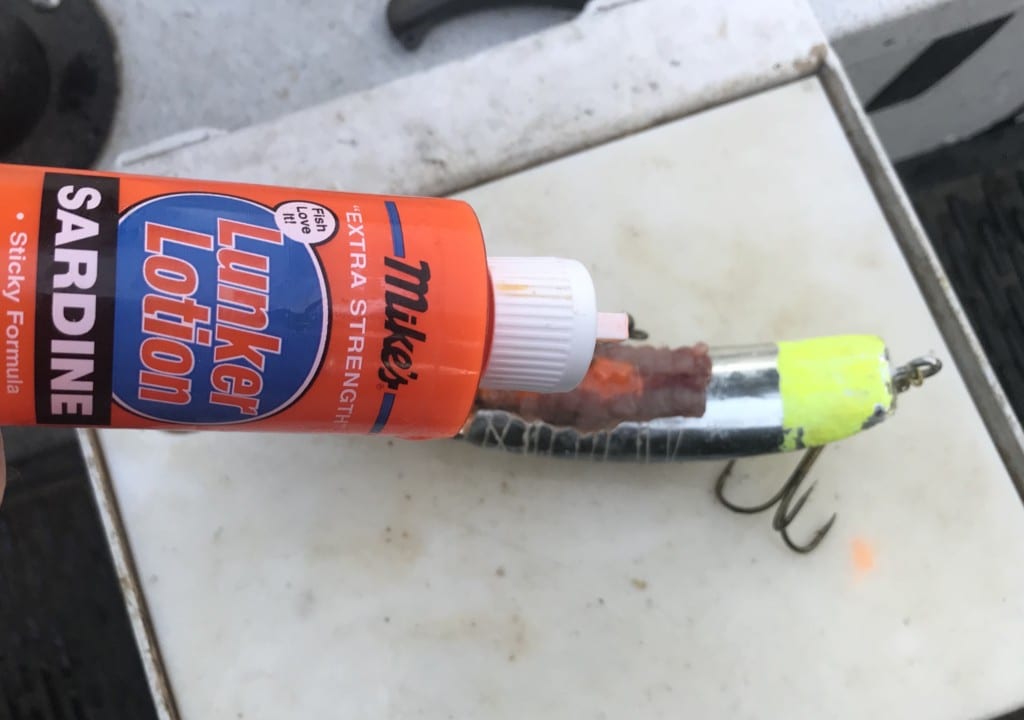
Editor’s Note: Veteran guide Mike Bogue operates Mike Bogue Guide Service. For more info on his guided salmon trips please visit http://mikebogue.com/.







